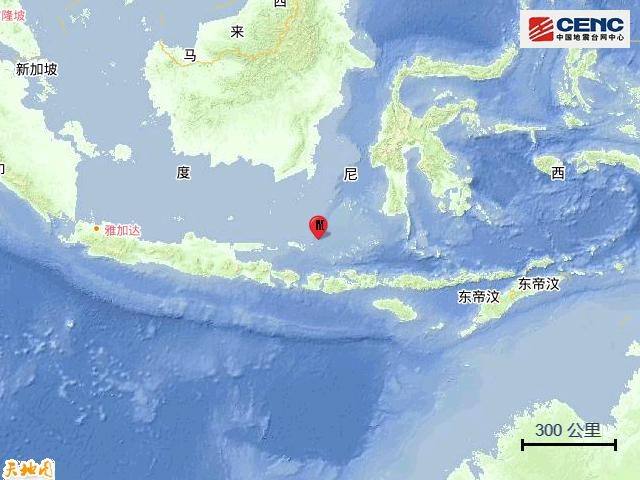19 years later, the Millau Viaduct 'has become our very own Eiffel Tower!'

A photograph of the Millau Viaduct from the temporary visitors' area during the first weekend of the summer vacation season, July 2, 2005. ERIC CABANIS / AFP
The boat meandered gently through the gorge, allowing passengers to admire the surrounding flora and fauna. Suddenly, the giant's shadow appeared. "There it is, the famous Millau Viaduct! Even more impressive from below," said Ismaël, a guide with tour operator Les Bateliers du Viaduc, who steered the small tourist boat across the water. The colossal architectural structure, made of concrete and steel, links the Causse Rouge in the north to the Causse du Larzac in the south, spanning the Tarn Gorges for almost 2.5 kilometers and reaching a height of 245 meters. Its seven gigantic pillars, topped by enormous stays, unfolded in front of the awe-struck eyes of Jérémie and his family, aboard the boat. "From the moment we arrived, our two daughters wanted to see nothing else," he said. He came to Millau from the Vendée region for the first time at the beginning of July on vacation.
Almost 19 years after its inauguration, the French bridge that for many years has held the position as the highest and longest cable-stayed bridge in the world, has become an integral part of the landscape. Opened to traffic on December 16, 2004, following three years of monumental construction efforts, it enabled the A75 motorway linking Clermont-Ferrand to Béziers to cross the Tarn Gorges, and is the only toll point on the route. It was entirely financed by the private company Eiffage, at a cost of €400 million, which recently became its sole shareholder and has a concession until 2079.
Previous Post FIFA opens case against Spanish football chief who kissed player on lips
Next Post Paris ‘bouquinistes’ resist plans to remove riverside book kiosks for Olympics
Related Information
Latest News
- 1
- 同心故事丨宏觉寺讲解员的“新声” 25/11/2025
- 2
- 《魔法坏女巫:行善》北美首周末票房飙升至1.5亿美元 25/11/2025
- 3
- 残疾人也涉毒,毒品藏在假肢! 24/11/2025
- 4
- 国民议会通过“小包裹2欧税” 24/11/2025
- 5
- “百年守护——从紫禁城到故宫博物馆”影像展于巴黎开幕 24/11/2025
- 6
- Shein下架儿童色情玩偶,其他平台也被查 24/11/2025
- 7
- 同心故事丨香港“宁波帮”,再出发! 24/11/2025
- 8
- 同心故事丨八廓街的民族共融密码 24/11/2025
- 9
- 同心故事丨三代“帕米尔雄鹰”的一条路一生情 24/11/2025
- 10
- 同心故事丨一家烧烤店的“石榴情” 24/11/2025
- 11
- 二十国集团领导人联名签署声明,支持《巴黎协定》,此举无视了唐纳德·特朗普的意愿。 23/11/2025
- 12
- 乌克兰盟友在二十国集团峰会上就白宫和平计划举行会谈 22/11/2025


























